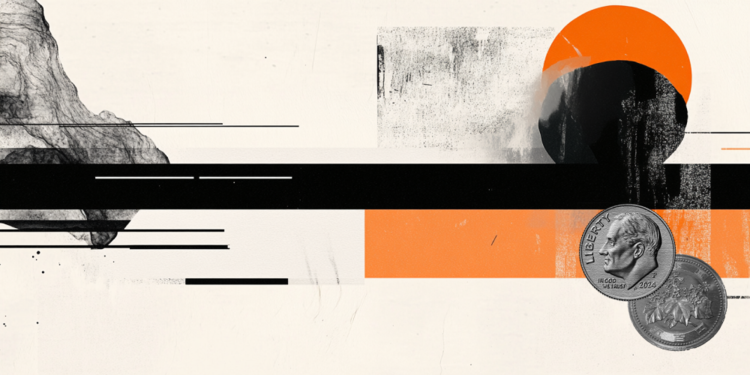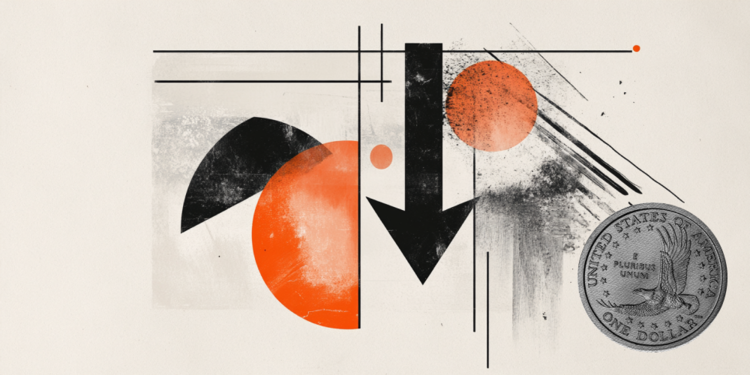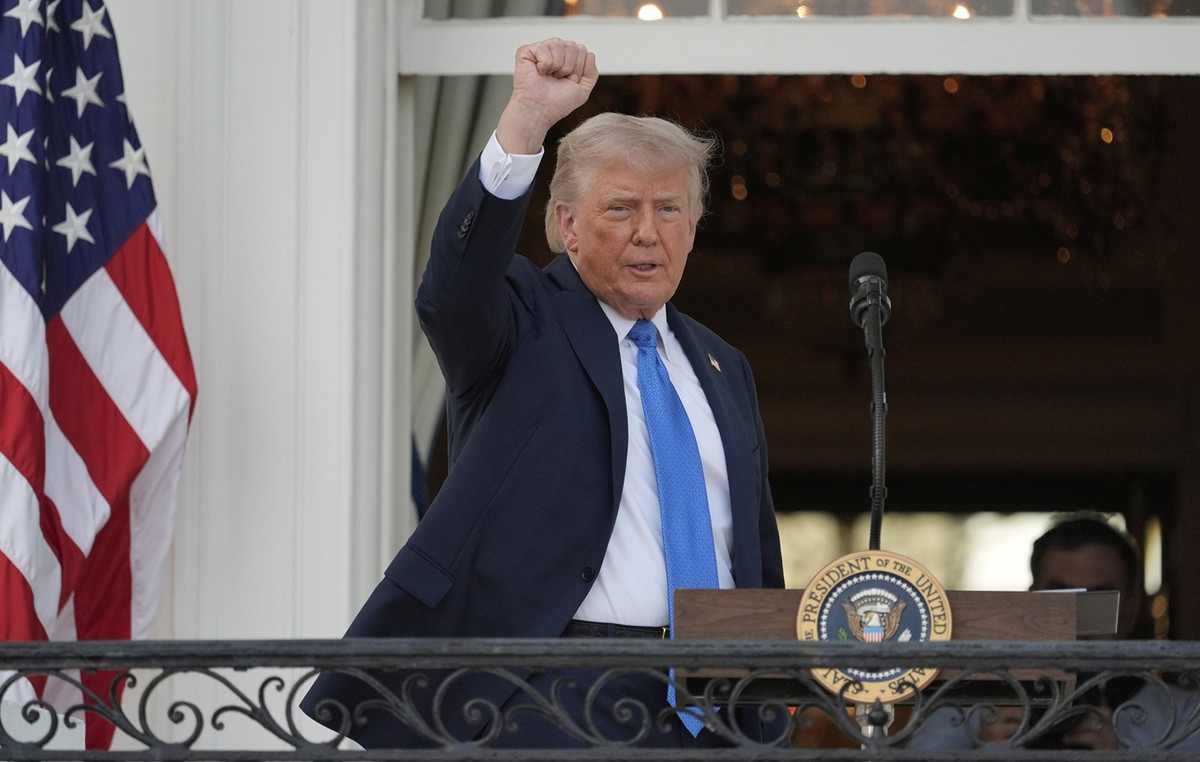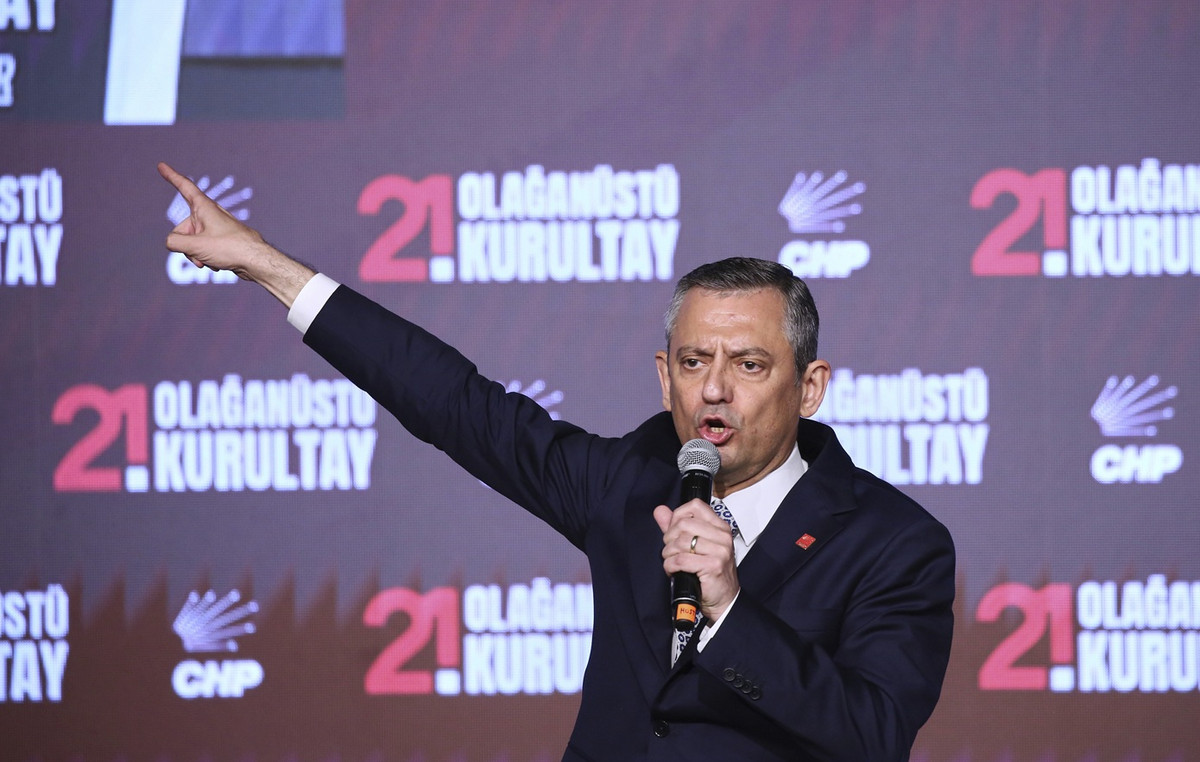- The EUR/GBP drops to 0.8445 in the early European session on Tuesday.
- The EU said that it will prioritize negotiations with the US to solve commercial disputes.
- A gradual and careful approach of the BOE supports the pound sterling.
The EUR/GBP cross loses land about 0.8445, breaking the three -day streak during the early session on Tuesday. The euro (EUR) weakens in front of the sterling pound (GBP) amid the renewed commercial tensions. Operators prepare for the preliminary reading of the harmonized index of eurozone consumption prices, which will be published later on Tuesday.
The EU said Monday that it will present a strong argument this week for the US to reduce or eliminate tariffs, even after Trump said he would double the imports to the import of steel and 50%aluminum, with effect as of Wednesday. The operators will closely follow the developments around the negotiation between the US and the EU, since the Trump administration has asked its commercial partners to present their best offers to finish agreements before July 8. Any sign of progress in commercial conversations could help limit losses of the shared currency.
It is widely expected that the European Central Bank (ECB) trim its policy rate at another 25 basic points (PBS) at its June meeting, carrying its deposit rate to 2.00%. The operators will take more signs of the speech of the president of the ECB, Christine Lagarde, later on Tuesday. The moderate comments of Lagarde could weigh on the negative side of the EUR.
On the other hand, the growing expectation that the Bank of England (BOE) will pause its reductions in interest rates could support the GBP and act as an obstacle to the crossing. Future markets have discounted that interest rates will fall around 38 PBS by the end of this year, which implies a 25 -bs cut and a probability of approximately 50% of a second reduction, according to a Reuters report.
BCE FAQS
The European Central Bank (ECB), based in Frankfurt (Germany), is the euro zone reserve bank. The ECB sets interest rates and manages the monetary policy of the region.
The main mandate of the ECB is to maintain prices stability, which means maintaining inflation around 2%. Its main tool to achieve this is to raise or lower interest rates. Relatively high interest rates often translate into a stronger euro, and vice versa.
The BCE Governing Council adopts monetary policy decisions in meetings that are held eight times a year. The decisions are adopted by the directors of the national banks of the euro zone and six permanent members, including the president of the ECB, Christine Lagarde.
In extreme situations, the European Central Bank can launch a political tool called Quantitative Easing (quantitative relaxation). The QE is the process by which the ECB prints euros and uses them to buy assets (normally state or business bonds) to banks and other financial institutions. The result is usually a weaker euro ..
The QE is a last resort when it is unlikely that a simple decrease in interest rates achieves the price stability objective. The ECB used it during the great financial crisis of 2009-11, in 2015 when inflation remained stubbornly low, as well as during the Coronavirus pandemic.
The quantitative hardening (QT) is the reverse of the QE. It is carried out after the QE, when economic recovery is underway and inflation begins to increase. While in the QE the European Central Bank (ECB) buys state and business bonds from financial institutions to provide liquidity, in the QT the ECB stops buying more bonds and stops reinvesting the main one that overcomes the bonds it already has. It is usually positive (or bullish) for the euro.
Source: Fx Street
I am Joshua Winder, a senior-level journalist and editor at World Stock Market. I specialize in covering news related to the stock market and economic trends. With more than 8 years of experience in this field, I have become an expert in financial reporting.





